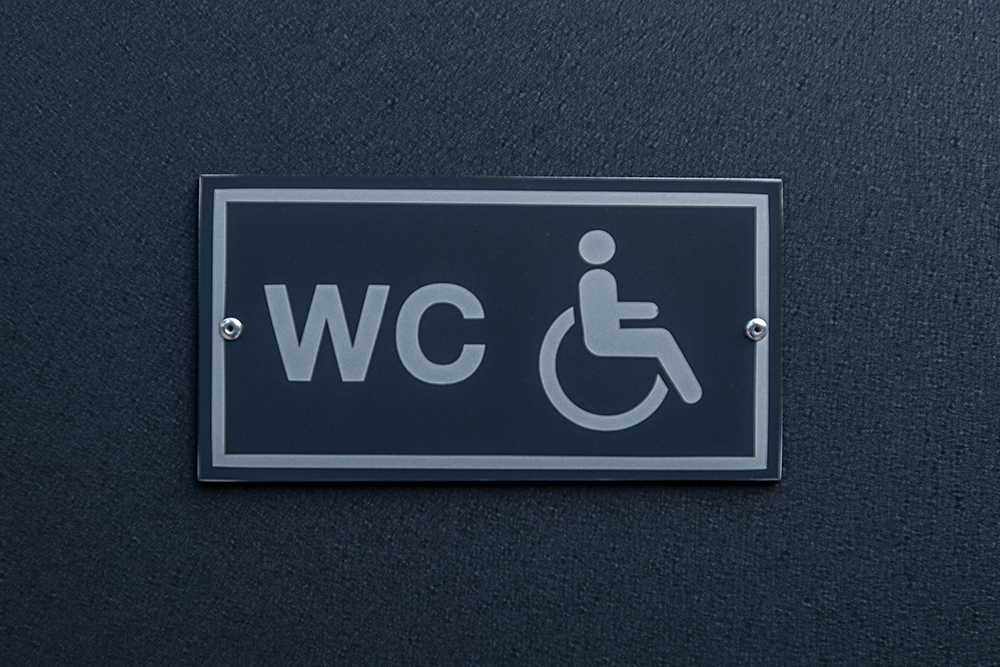Are you sure that everyone in your building would be safe in the event of a fire?
With over 100,000 fires in buildings every year in the UK, it’s vital to be able to guarantee the successful evacuation of all people within your building.
To begin, here’s three ways to improve fire safety for Deaf and disabled people…
1. Be thoroughly compliant
Businesses and building owners have responsibilities to ensure that people are kept safe in the event of a fire in the building.
Adequate procedures and equipment need to be in place for everyone to evacuate as quickly and safely as possible – including:
- Disabled people and those with limited mobility
- Deaf people and those who are Hard of Hearing
The responsible person for the building will also need to put together a Personal Emergency Evacuation Plan (PEEP) for everyone who would need assistance or other special arrangements, in order to evacuate the building in the event of an emergency.
You can find more information on the UK GOV and HSE websites.
2. Ensure your equipment is suitable for purpose
Think about how your equipment would be used in practice, and make sure it’s suitable for purpose.
For example, we’ve heard tales of companies investing in mobile phone-based systems that are meant to alert Deaf people if fire alarms go off — only for the alert to not come through if the phone doesn’t have mobile network coverage, or for the alert to be unnoticed due to the vibrate mode being immobilised.
Your equipment should be appropriate for use as well as meeting British Standards.
You should also ensure your equipment is professionally maintained and at the correct industry standard Planned Preventive Maintenance (PPM) periods.
3. Learn more about communication requirements for Deaf and disabled people…
…by watching our FREE CPD-accredited video.
This video covers the main evacuation issues in relation to Deaf and disabled people in non-domestic buildings. It explains about laws and legislation around fire evacuation requirements, and what’s required for your communications process.
Also available as an in-person training session, it goes into detail on ways to:
- communicate evacuation messages to those located in a disabled fire refuge
- warn a Deaf person of a fire in the building
This training session identifies technical solutions available, such as fire alarms for Deaf people and refuge communication systems… and considers their suitability to ensure an equally safe environment for everybody.
Find out more: https://alertergroup.com/resource-zone/cpd-presentation/





